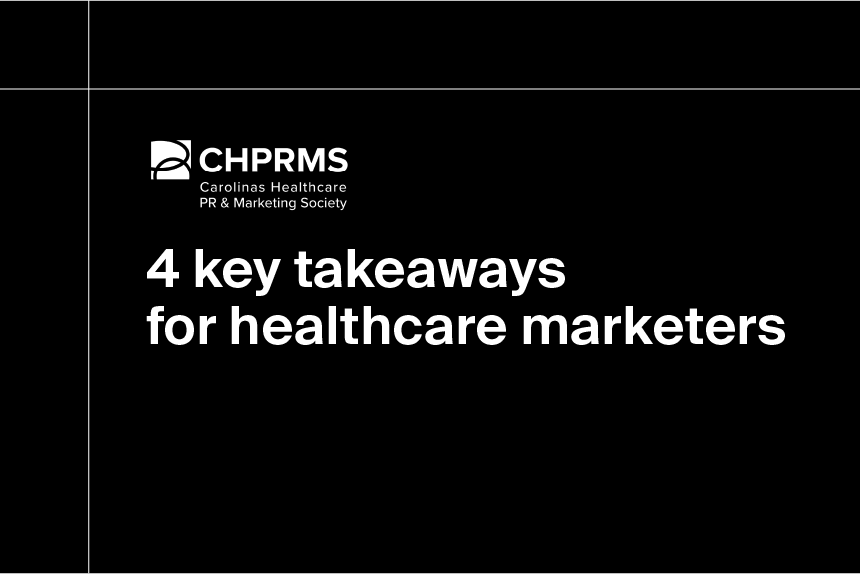Quality improvement initiatives have held a place in healthcare for at least the past 200 years.
In 1846, for instance, a Hungarian obstetrician named Dr. Ignaz Semmelweis became an early proponent for handwashing to prevent the spread of disease and other healthcare-associated infections. Later, in 1918, the American College of Surgeons established a hospital standardization program to maintain minimum quality standards during surgical procedures.
But in 1966, Dr. Avedis Donabedian developed what would become a defining framework for modern health care quality: the Donabedian Model. Dr. Donabedian—a professor of medical care organization at the University of Michigan’s School of Public Health—laid out three key components for evaluating and maintaining care quality:
- Structure
- Process
- Outcomes
Each of these measures helps to determine whether a healthcare facility is equipped to deliver quality care by assessing the provider’s care capacity, treatment processes, and patient outcomes.
This blog post examines some of the most influential policy changes and quality improvement initiatives from the U.S. federal government and the Centers for Medicare and Medicaid Services (CMS) since the Donabedian Model in 1966.
What are quality indicators in healthcare?
Quality indicators are specific healthcare metrics used by CMS and other regulatory agencies to measure a facility’s clinical performance and care quality. Tracking these metrics not only helps to ensure favorable patient outcomes, but also helps to identify performance areas in need of improvement. Quality indicators cover a wide range of different performance areas, including:
- Hospital-acquired condition scores
- HCAHPS patient satisfaction scores
- 30-day readmission rates
- Mortality rates
- Surgical complications
Why is quality improvement important in healthcare?
The purpose of collecting this information is to identify areas of weakness in a healthcare provider’s care quality and to efficiently make appropriate performance improvements.
Regulatory agencies may, for instance, assess other metrics like bed count and provider-to-patient ratio to determine if factors like overcrowding or staffing shortages are negatively impacting quality performance. If these factors are indeed impacting care quality, healthcare facilities can locate additional clinical support and, hopefully, improve their patient outcomes.
Early quality improvement models in healthcare (1972 – 1982)
Professional Standards Review Organizations
One of the first national responses to healthcare quality improvement was the formation of peer review organizations. In 1972, President Richard Nixon signed an amendment to the Social Security Act that established Professional Standards Review Organizations (PSROs).
These were federally funded, physician-operated organizations whose purpose was to ensure that Medicare and Medicaid beneficiaries in specific geographic areas were receiving medically necessary, quality care.
Medicare Utilization and Quality Control Peer Review Organizations
PSROs were, unfortunately, viewed as largely unsuccessful in their efforts to improve care quality. In 1982, these organizations were replaced by the Medicare Utilization and Quality Control Peer Review Organization (PRO) program—later known as the Quality Improvement Organization (QIO) program.
Much like earlier professional standard review organizations, PROs made it their mission to improve the “effectiveness, efficiency, economy, and quality” of all care administered to Medicare and Medicaid beneficiaries. Unlike PSROs, however, these new peer review organizations implemented a prospective payment system intended to help control Medicare costs.
The payment system reimbursed providers at a fixed rate based on diagnosis-related groups (DRGs), which helped to incentivize lower care costs when treating specific diseases or conditions.
National programs for healthcare quality standardization (1989 – 1990)
Agency for Healthcare Policy and Research
Between the late 1980s and the early 2000s, the U.S. government established a significant number of national agencies and programs dedicated to improving healthcare quality. The first of these was the Agency for Healthcare Policy and Research, now known as the Agency for Healthcare Research and Quality (AHRQ).
The AHRQ was originally established in 1989 as part of the Department of Health and Human Services. Since its founding, the primary goal of this agency has been to support research that improves clinical safety and care quality.
In its decades of service, the AHRQ has developed inpatient, pediatric, patient safety, and prevention quality indicators that are used to track hospital clinical performance and patient outcomes. These include metrics like the rate of postoperative sepsis, accidental puncture or laceration, and serious blood clots after surgery.
National Committee for Quality Assurance
In 1990, Margaret E. O’Kane founded a non-profit organization called the National Committee for Quality Assurance (NCQA). The NCQA has helped to advance care quality by encouraging greater coordination, communication, and accountability in healthcare practice.
Today, the NCQA continues that mission by offering accreditation and other credentialing services to physicians, health plans, population health programs, and more. The accreditation process helps to ensure that providers maintain the highest quality standards in their care delivery.
CMS value-based programs (2008 – 2022)
Medicare Improvements for Patients and Providers Act
In 2008, Congress enacted the Medicare Improvements for Patients and Providers Act (MIPPA) in order to expand Medicare and Medicaid access for elderly, low-income, and minority beneficiaries.
The primary goal of this legislation was to improve Medicare access and affordability, but it has also paved the way for many other healthcare quality initiatives like the CMS value-based care program.
Hospital Value-Based Purchasing Program
CMS established the Hospital Value-Based Purchasing Program (HVBP) in 2012 to reward hospitals for high-quality care. The program aims to incentivize higher quality care by reimbursing providers based on four quality measures:
- Clinical care
- Efficiency and cost reduction
- Care coordination
- Safety
The HVBP reimbursement model is a stark contrast to traditional fee-for-service payments, which instead reward providers based on the volume, rather than the value, of their services. This alternative payment model is just one of several different CMS incentive-based reimbursement programs intended to improve healthcare quality.
In 2015, for instance, CMS introduced the Merit-Based Incentive Payment System (MIPS) to determine payment adjustments—including both bonuses and penalties—based on quality performance. CMS has tested other quality-based reimbursement models, as well, like the Comprehensive Care for Joint Replacement (CJR) model. This model aims to improve care quality and lower costs for Medicare beneficiaries undergoing hip and knee replacements.
Hospital Readmissions Reduction Program
Also launched in 2012, the Hospital Readmissions Reduction Program (HRRP) is a value-based purchasing program that incentivizes communication and care coordination between hospitals by rewarding facilities for reducing avoidable readmissions.
Under the program, an avoidable readmission is any unplanned readmission that occurs within 30 days of discharge from the initial admission, whether to the same hospital or any other acute care facility. Most planned readmissions don’t impact a hospital’s payment rate under HRRP.
Hospital-Acquired Condition Reduction Program
Similarly to the HRRP, the Hospital-Acquired Condition (HAC) Reduction Program aims to improve patient safety by rewarding hospitals for reducing rates of infections associated with healthcare facilities.
The HAC Reduction Program also helps to inform guidance on healthcare-associated infections by reporting data on the following infections to the Centers for Disease Control and Prevention’s National Healthcare Safety Network:
- Central line-associated bloodstream infection
- Catheter-associated urinary tract infection
- Surgical site infection
- Methicillin-resistant Staphylococcus aureus (MRSA) bacteremia
- Clostridium difficile infection
Learn more
The quality improvement initiatives listed here are just a small fraction of the dozens that have been implemented throughout the past 40 or so years. Read our blog post on value-based care to learn more about how one of these recent quality improvement initiatives will continue to impact the U.S. healthcare industry.




